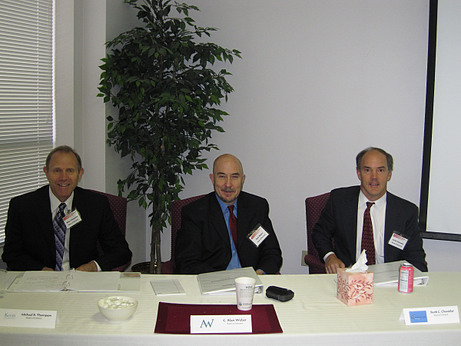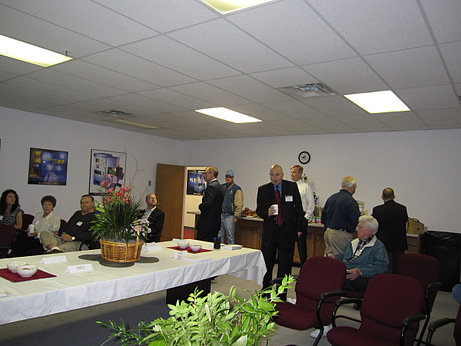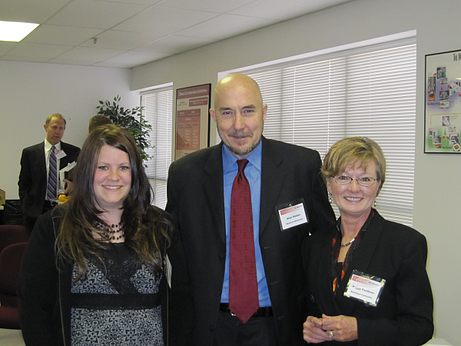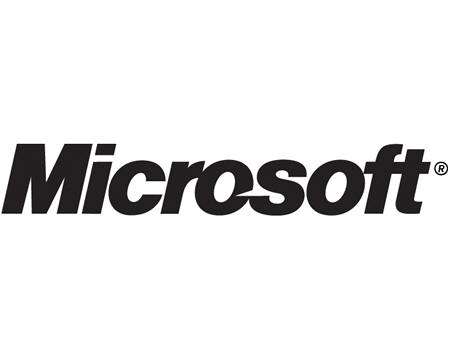by Brent Forsgren,
Director of OEM Solutions
 Fabs are like people, each one has it own personality traits. Fortunately, and arguably unfortunately, unlike people, most fabs have a handbook for their “personalities” in the form of specifications. I have found it interesting, that like people, fab “personalities” have common and unique features. Here are a few of examples:
Fabs are like people, each one has it own personality traits. Fortunately, and arguably unfortunately, unlike people, most fabs have a handbook for their “personalities” in the form of specifications. I have found it interesting, that like people, fab “personalities” have common and unique features. Here are a few of examples:
- There are some fabs that I would classify as the “Clean Freak.” Compliance to GEM and GEM 300 standards is important but more important to them is preventing cross contamination between FOUPs, and from wafer to wafer – “Who left this loadport door open? Don’t you know you can spread particles by doing that??”
- Then there are other fabs that I would classify as the “Punctilious.” Again, compliance to the GEM and GEM300 standards is required but more important to them is knowing exactly when you are going to be done, when you are ready for more, are you done yet, how much longer are you going to be, are you done yet?
- Then there are other fabs that are “Methodical-ious” (if I can make that a word). Everything must happen in a very specific order. 1) Don’t allow jobs to exist without material at the tool first; 2) Download the recipe before every job that is created; 3) Create the job now. 4) If the FOUP is removed before the job starts, refer to rule 1.
- And let’s admit it, all fabs are “Control Freaks,” if they weren’t we wouldn’t be in business. They control when jobs are run, how jobs are run, and what a job does.
Hmmmm……that makes me wonder, if fabs are like people, does that make companies like Cimetrix psychiatrists?





 Have you ever been through a hurricane or a blizzard or maybe just a really bad thunderstorm? I’ve been through them all and when the storm finally passes, we all go outside, assess the damage and immediately start cleaning up and rebuilding. Not too different from the economic storm of 2008-2009.
Have you ever been through a hurricane or a blizzard or maybe just a really bad thunderstorm? I’ve been through them all and when the storm finally passes, we all go outside, assess the damage and immediately start cleaning up and rebuilding. Not too different from the economic storm of 2008-2009. by Mohammad Islam,
by Mohammad Islam, by Bob Reback,
by Bob Reback, The time shift for daylight savings this week is going to cause me some grief for some time. Most countries in Europe will not adjust until March 28. Many countries in Asia (India, Singapore, Taiwan, Malaysia and Japan for example) are not adjusting for daylight savings at all in 2010. Since our customers are all over the world, I’m going to have a tough time keeping in sync. It’s inevitable that I’ll miss some important event this month. So, I thought it would be very àpropos to submit a blog about Time Synchronization.
The time shift for daylight savings this week is going to cause me some grief for some time. Most countries in Europe will not adjust until March 28. Many countries in Asia (India, Singapore, Taiwan, Malaysia and Japan for example) are not adjusting for daylight savings at all in 2010. Since our customers are all over the world, I’m going to have a tough time keeping in sync. It’s inevitable that I’ll miss some important event this month. So, I thought it would be very àpropos to submit a blog about Time Synchronization.



 by Bill Grey,
by Bill Grey,

